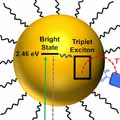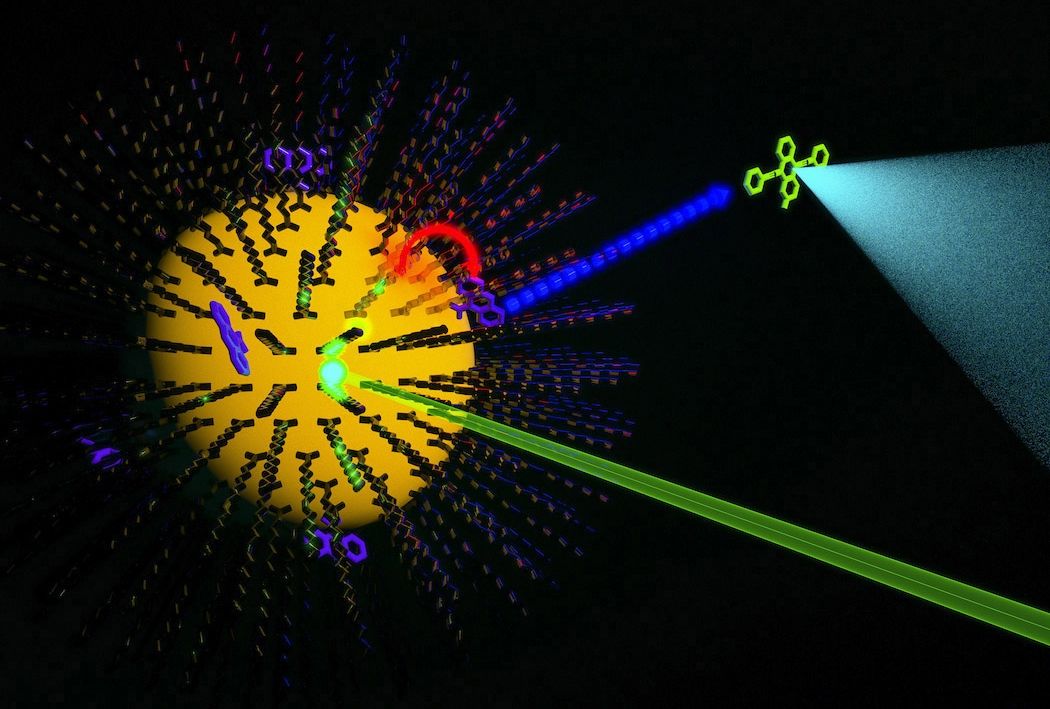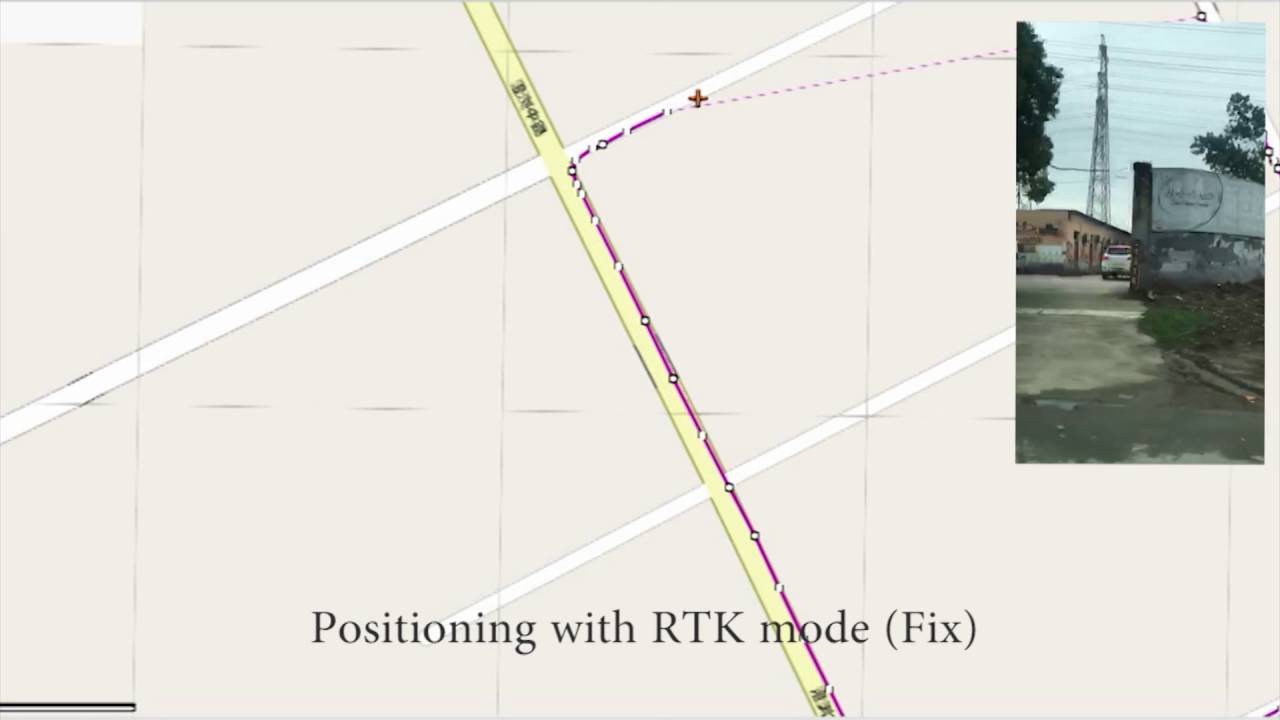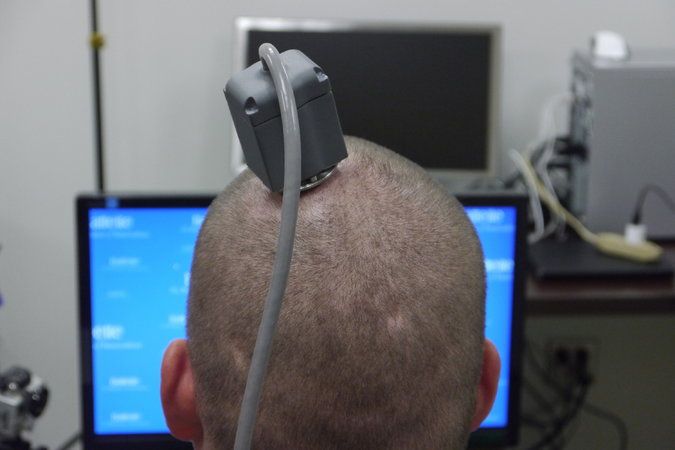
Excellent article on improving crystalized formations & usage.
According to conventional understanding, if the interactions are isotropic (where all spin directions are possible), this phenomenon can occur if the spins are arranged in triangular geometries and the interactions between them are antiferromagnetic favouring antiparallel alignment of the spins. For three atoms forming the corners of a triangle, the electronic spin of one atom cannot simultaneously be oriented antiparallel to those on both the other two atoms. In real materials that contain triangular units coupled by antiferromagnetic interactions this “frustration” can prevent the spins from coming to rest in a particular orientation even at absolute zero temperature, instead they move collectively like atoms in a liquid. By contrast, ferromagnetic interactions do not give rise to frustration in isotropic magnets because mutually parallel alignment of the spins can always occur. For these reasons, only a few isotropic materials have been proposed as spin liquid candidates.
Monocrystals with complex magnetic interactions
Continue reading “Novel state of matter: Observation of a quantum spin liquid” »

















